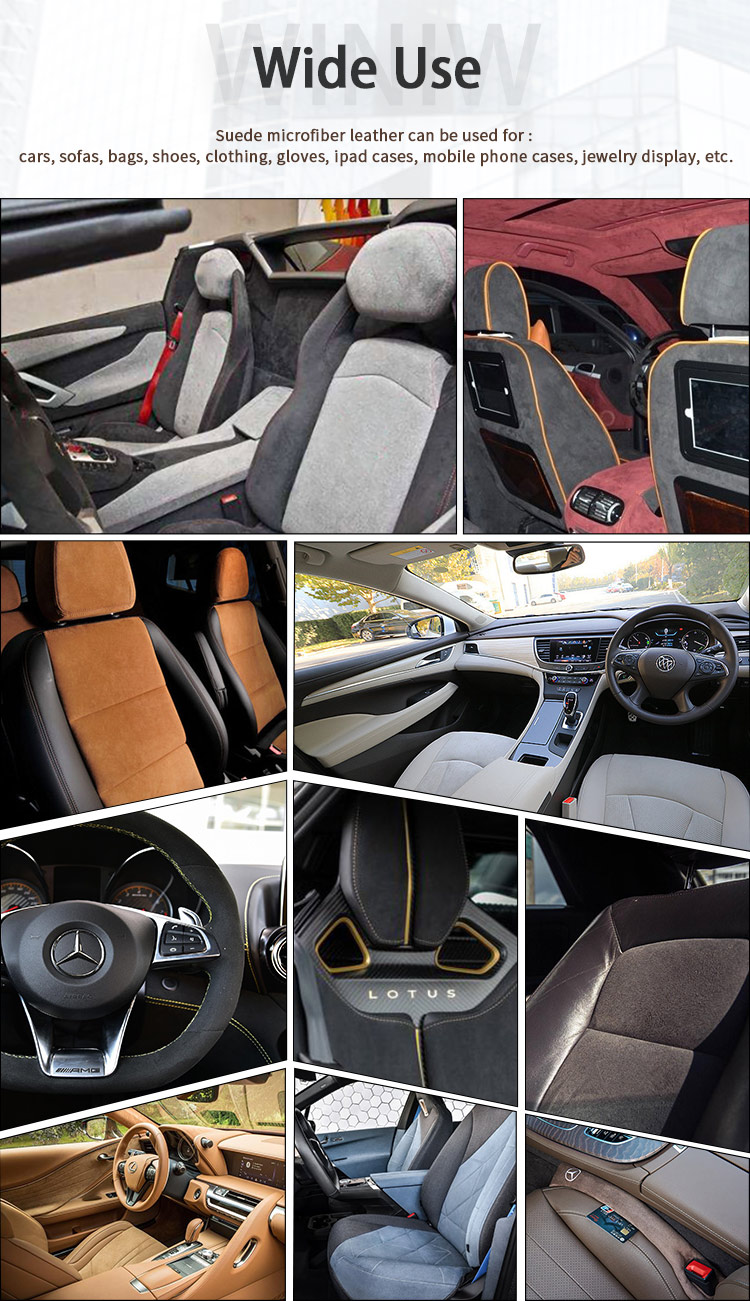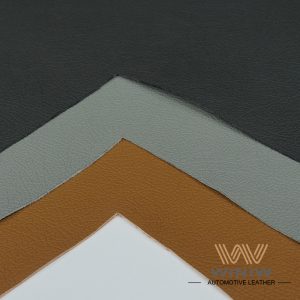The future trends of Faux Suede Material in Automotive Seat Kits can be predicted from the following aspects:
Growing Market Demand: according to the research report 2024, the sales and revenue of automotive faux suede materials are expected to grow significantly by 2030 across the globe and major regions. This suggests that with consumers demanding higher quality automotive interiors and increasing demand for eco-friendly materials, the market demand for Faux Suede materials as an aesthetically pleasing as well as eco-friendly option will continue to grow.
Technological advancement and innovation: With the advancement of material science and textile technology, the performance of Faux Suede materials may be further enhanced, such as better durability, better feel and appearance. These technological advances will make Faux Suede materials more widely used and popular in automotive seating kits.

Environmental Trend: Globally, the increasing environmental awareness has prompted the automotive industry to seek for more environmentally friendly materials to replace the traditional leather; Faux Suede, as a synthetic material, not only reduces the reliance on animal skins, but also has the potential for better recyclability and lower environmental impact, so its application in automotive seat kits is expected to be further promoted in the next few years.
Diversified application scenarios: As consumer demand for personalisation and customisation increases, Faux Suede materials are likely to be used in more types of car seat designs, including high-end luxury and economy models. इसके अलावा, with the development of new material technologies, the application scope of Faux Suede materials may also be expanded from traditional seat kits to other automotive interior components, such as steering wheel wraps and dashboard covers.
To sum up, the future development trend of Faux Suede material application in automotive seat kits will be the growth of market demand, technological advancement and innovation, the promotion of environmental protection trend and the diversification of application scenarios.









